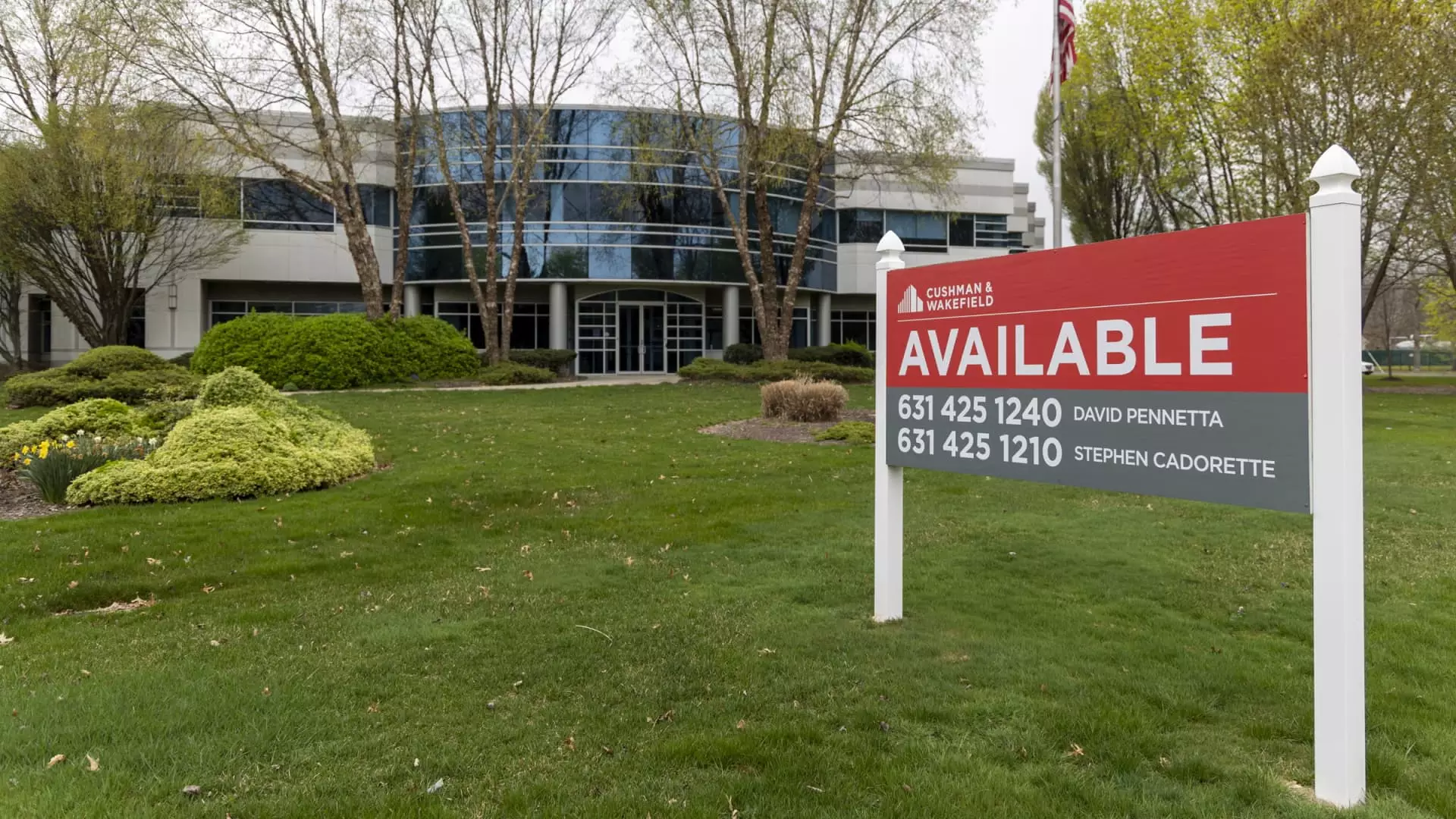The landscape of commercial real estate (CRE) appears to be undergoing a significant transformation as interest rates shift and market dynamics evolve. The recent actions of the Federal Reserve, including the onset of an interest rate cutting cycle, could signal a potential rebound for this sector that has faced numerous challenges in recent years. This article will explore the implications of these changes, the current state of the CRE market, and the differences in performance across various sectors, particularly focusing on the office and multifamily domains.
In September 2023, the Federal Reserve initiated a borrowing interest rate cut—its first since 2020—bringing the Fed funds rate down by 50 basis points. This maneuver is expected to breathe new life into traditionally interest-sensitive sectors, including commercial real estate. Lower borrowing costs could pave the way for increased transaction activity, which had seen a marked decline due to factors such as elevated borrowing costs and restrained tenant demand following the Covid-19 pandemic.
The volatility experienced in the CRE sector over the last few years can be traced back to rising interest rates, which created a stalemate between buyers and sellers. Illuminating the potential for recovery, analysts from Wells Fargo commented on the Fed’s shift as “the most notable green shoot” for the market. Although reduced interest rates are not a guaranteed remedy for all the challenges facing CRE, they lay the groundwork for a revival, fostering a renewed sense of investment optimism.
Market sentiment appears to be shifting positively, prompting increased activity within the CRE market. Key stakeholders, such as Willy Walker, CEO of Walker & Dunlop, have noted that the volume of refinancing and transactions is gradually on the rise. This newfound willingness among investors to engage in the market marks a departure from the wait-and-see mentality that had taken hold during the preceding tightening cycle.
Transaction volume witnessed its first quarterly rise since 2022 in the second quarter of 2024, registering over $40 billion in sales—a 13.9% increase over the previous quarter. While year-over-year comparisons still suggest a contraction of 9.4%, these figures reveal an underlying recovery as confidence grows. Certain sectors, particularly multifamily housing, contributed significantly to this resurgence, indicating a broader positive trend within the market.
Despite optimistic signs across the CRE landscape, the office sector remains plagued by persistent challenges. Although the net absorption of office spaces showed a positive change for the first time since 2022, this minor triumph doesn’t fully alleviate the ongoing worries of rising vacancies. The current availability rate has reached an alarming level of 16.7%, driven by a lasting imbalance between supply and demand.
The factor of hybrid working models has compounded the struggles faced by this segment of the market, keeping average office prices substantially lower than pre-pandemic values. Analysts caution that even with slight improvements, the road to recovery for the office sector may be long, potentially requiring another year or more before stability returns.
In stark contrast to the office segment’s difficulties, the multifamily sector is witnessing a notable uptick in demand. This upward trend has manifested in the highest level of net absorption for multifamily properties in nearly three years. The continued construction of new multifamily housing units, projected to surpass 500,000 by the end of 2024, further highlights the sector’s robust status.
The shifting preferences of consumers play a crucial role in driving the demand for multifamily housing. Factors such as rising mortgage costs, which average at $2,248 per month—31% higher than the average rent of $1,712—have made renting a more appealing option for many households. Additionally, the stabilization of vacancy rates at 7.8%, which did not rise in the second quarter of 2024, hints at a healthier balance between supply and demand in this segment.
Although there are promising signs indicating a potential recovery phase for the CRE market, disparities among various sectors paint a complex picture. While multifamily real estate emerges largely unscathed from the tribulations faced by other sectors, the office space continues to grapple with an uncertain future. The structural challenges that have gained momentum since the pandemic—high vacancies, subdued demand, and stagnant rent prices—pose significant obstacles.
As commercial real estate navigates this transitional phase, it is crucial for investors and stakeholders to recognize the divergent paths that different sectors are likely to thread. While broader recovery may be on the horizon, the timing and speed of that recovery will rely heavily on external economic indicators and the evolving preferences of consumers navigating the post-pandemic landscape.

Leave a Reply